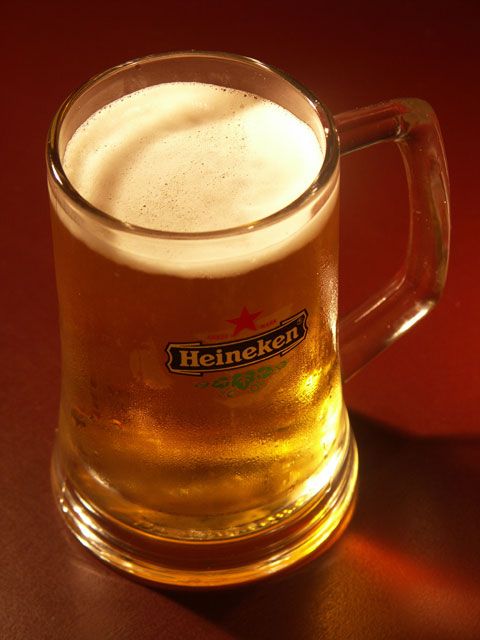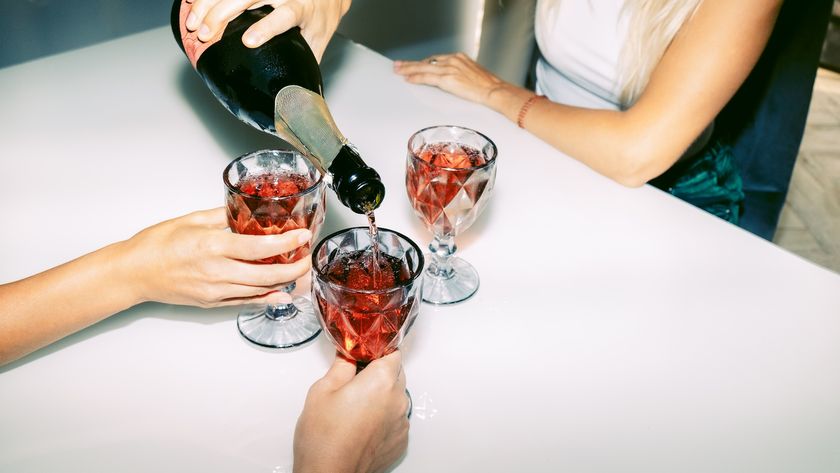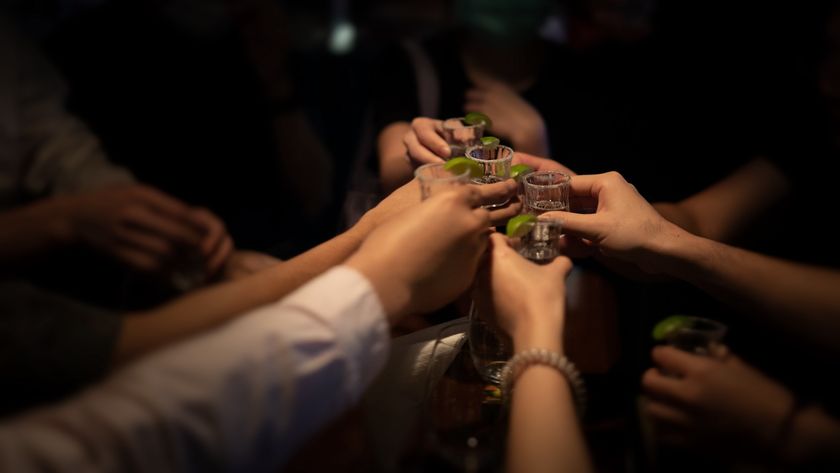T-shirts Brand Kids as Potential Alcoholics

Young adolescents who wear T-shirts and hats packing an alcohol brand name are more likely to start drinking, a new study finds.
The study was based on a survey of more than 2,000 students age 10-14 in New England. Surveys were done in 1999 and again one or two years later. The results were announced today.
Rate of drinking among those who owned a branded item was 25.5 percent, compared to 13.1 percent of those who did not own a branded item. After controlling for other risk factors for drinking, students who owned alcohol-branded merchandise were 1.5 times more likely to initiate drinking during the study period than those who did not.
The study can't say if the merchandise has any affect on drinking or if likely drinkers simply wear the stuff. But for parents there is a clear message.
"This study raises concern about the relationship between the products that promote alcohol brands and early-onset teen drinking," said Auden McClure, clinical instructor in pediatrics at Dartmouth Medical School and lead author of the study. "We recommend that parents discourage their children from wearing these products and that schools limit the display of alcohol-branded items among students."
The results are detailed in the April issue of the American Journal of Preventive Medicine.
"We worry about early-onset drinking because these kids are more likely to go on to misuse alcohol when they reach high school," said study team member James Sargent, professor of pediatrics at Dartmouth Medical School. "We know from multiple studies conducted during the 1990s that ownership of tobacco branded merchandise was linked with teen smoking. That's why the tobacco companies voluntarily agreed to give up this type of marketing."
Sign up for the Live Science daily newsletter now
Get the world’s most fascinating discoveries delivered straight to your inbox.
The researchers have begun a larger national study in an effort to determine to what extent, if any, the merchandise actually causes drinking. Results are expected this fall.
Robert is an independent health and science journalist and writer based in Phoenix, Arizona. He is a former editor-in-chief of Live Science with over 20 years of experience as a reporter and editor. He has worked on websites such as Space.com and Tom's Guide, and is a contributor on Medium, covering how we age and how to optimize the mind and body through time. He has a journalism degree from Humboldt State University in California.












